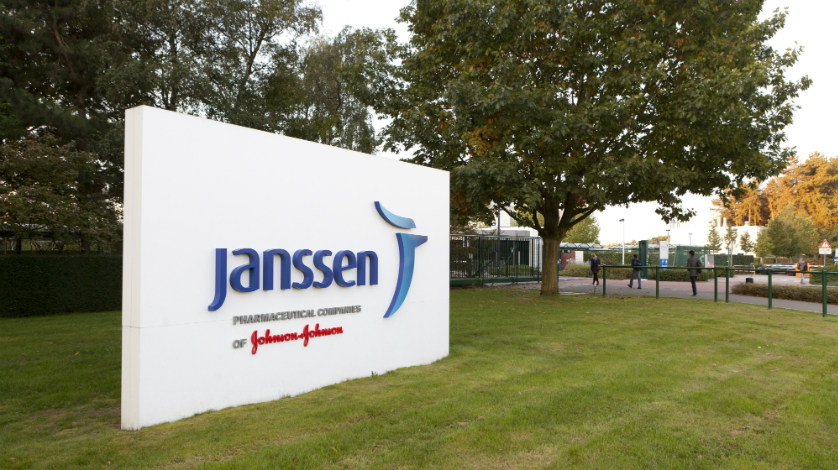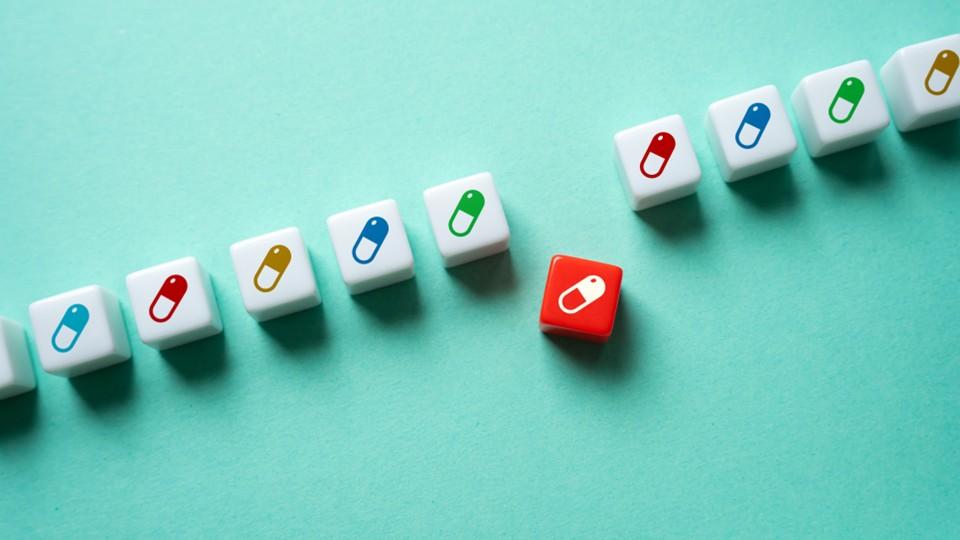J&J’s Spravato for depression ‘should be much cheaper’

Johnson & Johnson has priced its new Spravato nasal spray for treatment-resistant depression (TRD) too high to offer value for money, says a US cost-effectiveness body.
The Institute for Clinical and Economic Review (ICER) has published its final report on Spravato (esketamine) and says the drug would need to be between 25% and 52% cheaper to meet its value threshold.
The spray – which was approved by the FDA in March – has a wholesale acquisition cost of $295 per 28 mg device and costs around $32,400 for a year’s treatment, says ICER. To deliver fair value that price would have to come down to between $17,700 and $25,200 per year.
The watchdog reviewed the clinical evidence for the drug and agreed that it is an effective add-on therapy for people who can’t derive enough benefit from standard oral antidepressant therapy, an assessment that will be welcomed by J&J given two of the five large trials used to support the drug’s filing failed to reach their efficacy endpoints.
However, it said there wasn’t enough evidence to show it was better than ketamine, the generic drug from which it is derived, as well as other approaches to TRD such as “transcranial magnetic stimulation, electroconvulsive therapy, or augmentation with olanzapine.”
There also isn’t enough long-term data with Spravato yet to show that its benefits are long-lasting, says ICER, although it acknowledges that the drug is intended as a fast-acting rescue medication for people at real risk of suicide or self-harm.
“Treatment-resistant forms of major depression are common and have large negative effects on patient quality of life, so new therapies are badly needed,” said David Rind, ICER's chief medical officer.
“It is hard to understand how a price exceeding usual cost-effectiveness thresholds is appropriate for a treatment that could be very widely used,” he continued, “particularly when that price is an order of magnitude higher than that of intravenous generic ketamine."
Spravato is the first ketamine-based medicine approved to treat depression, and also the first of a new class of glutamate NMDA receptor-targeting drugs that have ended a decades-long drought at the FDA for new-mechanism antidepressants.
ICER’s final report follows a draft version published last month that arrived at much the same conclusions. J&J’s Janssen unit – which markets Spravato – said at the time it disagreed with the conclusions, which it claimed were “based on inaccurate assumptions…on the established positive benefit risk profile of Spravato.”
It has since published its own analysis suggesting that use of the drug on top of oral antidepressants costs at least $20,000 less per patient in those achieving remission than patients taking standard therapy plus placebo.
The large number of people with TRD has driven very high sales expectations for Spravato, with some analysts suggesting sales could reach around $2.3 billion within five years of launch.
There are some factors that could however limit its take-up. Firstly, it needs to be administered at certified treatment centres, and it also has a boxed warning on the risk of sedation and difficulty with attention, judgment and thinking, abuse and misuse, and suicidal thoughts.
Esketamine is also being reviewed by the EMA, which is looking to make a decision later this year or early 2020.












